2024-02-07
The Science Behind Shock Absorption and Injury Prevention on Rubber Surfaces
In today’s sports and recreational environments, the focus on athlete safety and performance has never been more pronounced. As athletic directors and sports facility owners strive to provide the best conditions for participants, selecting appropriate surfacing materials becomes paramount. Among the options available, rubber surfaces have emerged as a leading choice for their exceptional shock absorption properties and ability to prevent injuries. This article delves into the science behind shock absorption, showcasing how rubber surfaces, particularly poured-in-place rubber flooring, enhance athlete safety and comfort. By understanding the physics of shock absorption and the material’s impact-dissipating qualities, facility owners can make informed decisions prioritizing athlete well-being.
The importance of injury prevention cannot be overstated, with research consistently highlighting the link between surface characteristics and injury rates. Rubber surfaces offer a unique combination of elasticity and resilience, providing a protective layer that absorbs and redistributes impact forces more effectively than traditional materials. This capability is central to reducing the occurrence of acute injuries, such as sprains and fractures, and mitigating the risk of chronic conditions that can arise from repetitive impact stress. This article aims to equip facility owners with the knowledge needed to create safer sports environments by examining how these surfaces absorb impact and the resulting benefits for injury prevention.
Measuring the shock absorbency of sports surfaces is critical to ensuring they meet the safety and performance standards required for athletic activities. Through standardized testing methods, facility owners can quantify the shock-absorbing capabilities of rubber surfaces, validating their effectiveness in protecting athletes. This article will explore the various techniques used to measure shock absorbency, the design considerations for maximizing this property, and the long-term health benefits that rubber surfaces can offer. By integrating these insights, athletic directors and sports facility owners can make well-informed choices that support the health and performance of athletes, underscoring the value of rubber surfaces in sports settings.
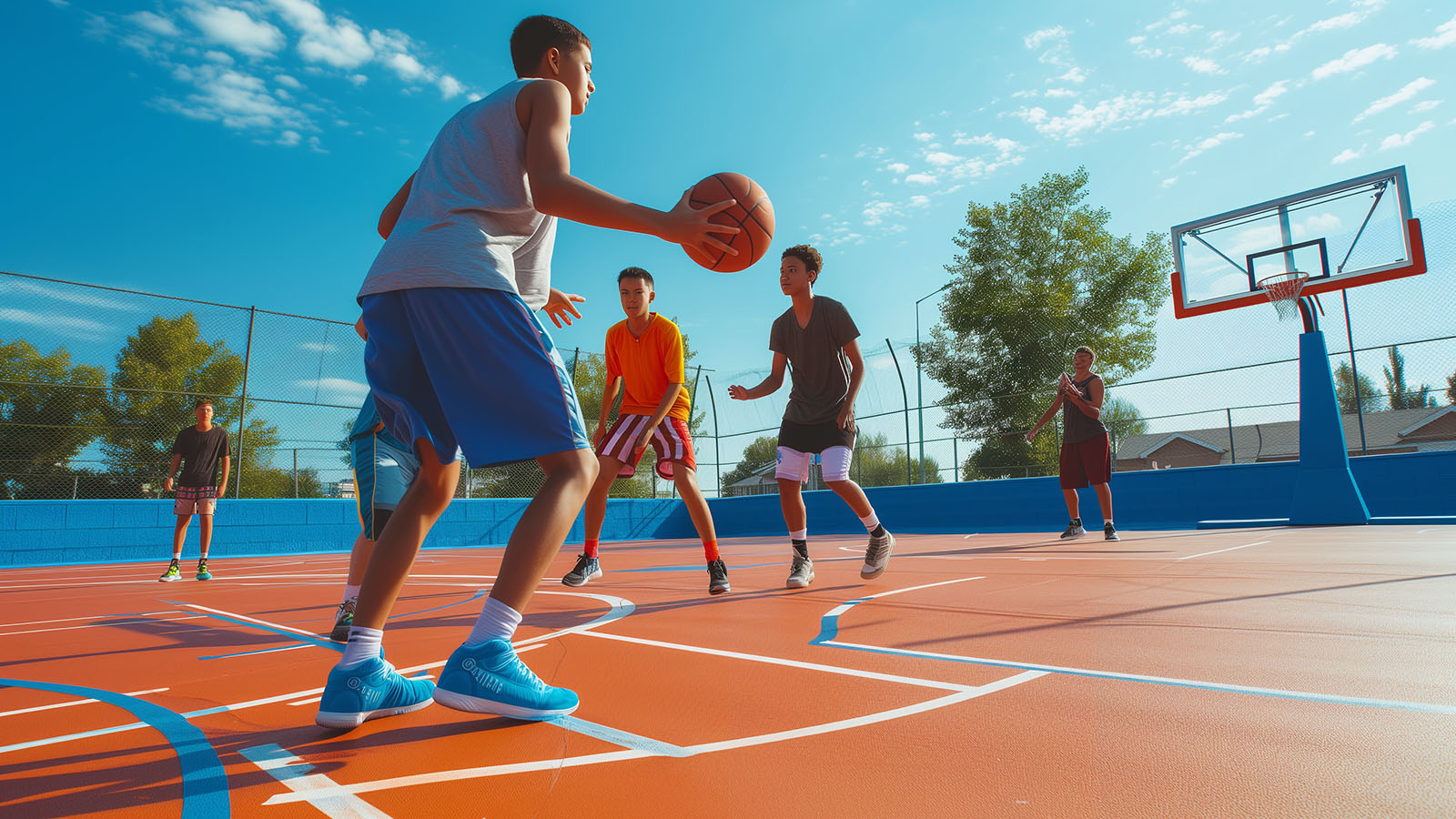
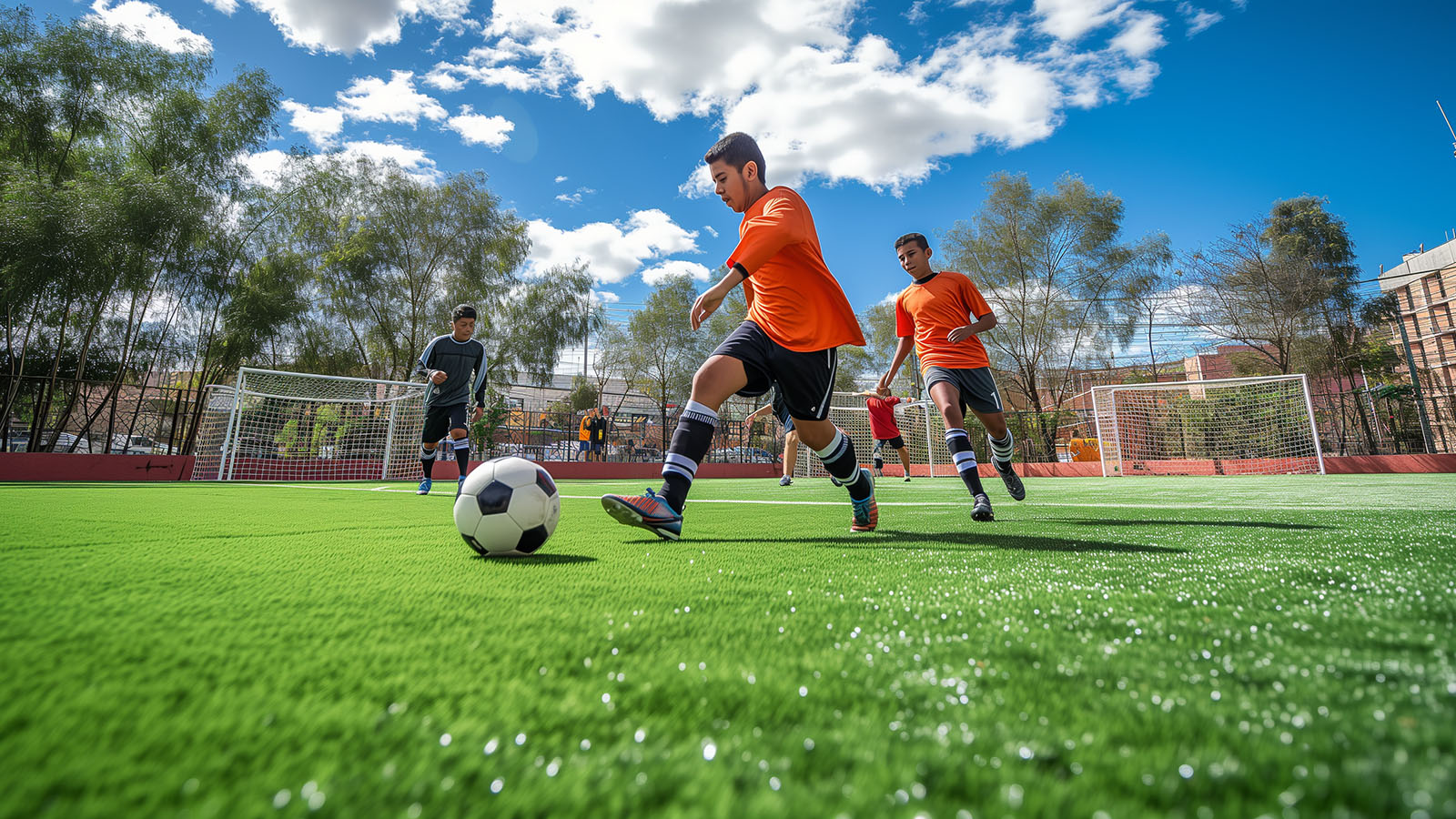
Understanding Shock Absorption
Understanding the dynamics of shock absorption is crucial in developing sports surfaces that prioritize athlete safety and performance. The physics of shock absorption delves into how materials dissipate energy upon impact, a principle central to reducing injury risk in sports environments. Rubber surfaces, by their very design, are tailored to absorb and redistribute the forces exerted by athletes during play, mitigating the direct impact on their bodies. This foundational knowledge forms the basis for creating safer, more resilient sports facilities that cater to the rigorous demands of athletic activities.
- Physics of Shock Absorption: The process by which energy is dissipated upon impact.
- Rubber Surfaces Impact: How these materials effectively reduce force transmission.
- Injury Prevention Science: The correlation between shock absorption and lower injury rates.
- Shock Absorbency Measurement: Techniques and standards for evaluating surface safety.
The science behind injury prevention on rubber surfaces is deeply intertwined with their ability to absorb shock. Facility owners can make informed decisions about their surfaces by examining how these materials reduce the impact forces that contribute to common sports injuries. Furthermore, measuring shock absorbency through standardized tests ensures that these surfaces meet the rigorous safety criteria for athletic play. This section lays the groundwork for understanding the critical role of shock absorption in sports safety, highlighting the importance of rubber surfaces in creating a safer athletic environment.
The Physics of Shock Absorption
Shock absorption is a fundamental concept in physics involving the dissipation of kinetic energy generated upon impact. In sports surfaces, effective shock absorption minimizes the force transmitted to athletes’ bodies, reducing the risk of injury. Due to their elastic properties, rubber surfaces are engineered to deform under pressure, absorbing the energy from athletes’ footsteps or falls and then returning to their original shape. This mechanism helps mitigate the intensity of the impact felt by the body, which is crucial in sports environments where repetitive high-impact activities occur every day.
How Rubber Surfaces Absorb Impact
Rubber surfaces absorb impact through their unique composition and structure, designed to balance firmness and elasticity. When an athlete contacts the surface, the rubber compresses and deforms, dispersing the energy across a wider area instead of directly back into the athlete’s body. This process significantly reduces the immediate impact force, decreasing the likelihood of injuries. The material’s ability to absorb and redistribute energy is vital to its effectiveness as a protective layer in sports and playground settings.
The Science of Injury Prevention
The science of injury prevention on rubber surfaces is supported by extensive research demonstrating their ability to lower the risk of acute and chronic injuries significantly. Rubber surfaces lessen the strain on muscles, joints, and bones by absorbing shock and reducing impact force. This is particularly important in activities with repeated impacts, such as running or jumping, where the cumulative effect can lead to overuse injuries. Studies have shown that athletes playing on rubberized surfaces experience fewer stress fractures, sprains, and other impact-related injuries.
Measuring Shock Absorbency
Measuring shock absorbency involves evaluating a surface’s ability to reduce impact forces, a critical factor in protecting athletes from injury. Techniques such as G-max testing and vertical deformation measurements are commonly used to assess the performance of sports surfaces. These metrics provide quantifiable data on how well a surface absorbs and dissipates energy, ensuring it meets safety standards. For rubber surfaces, achieving optimal shock absorbency ratings is essential for certification and to guarantee the health and safety of users.
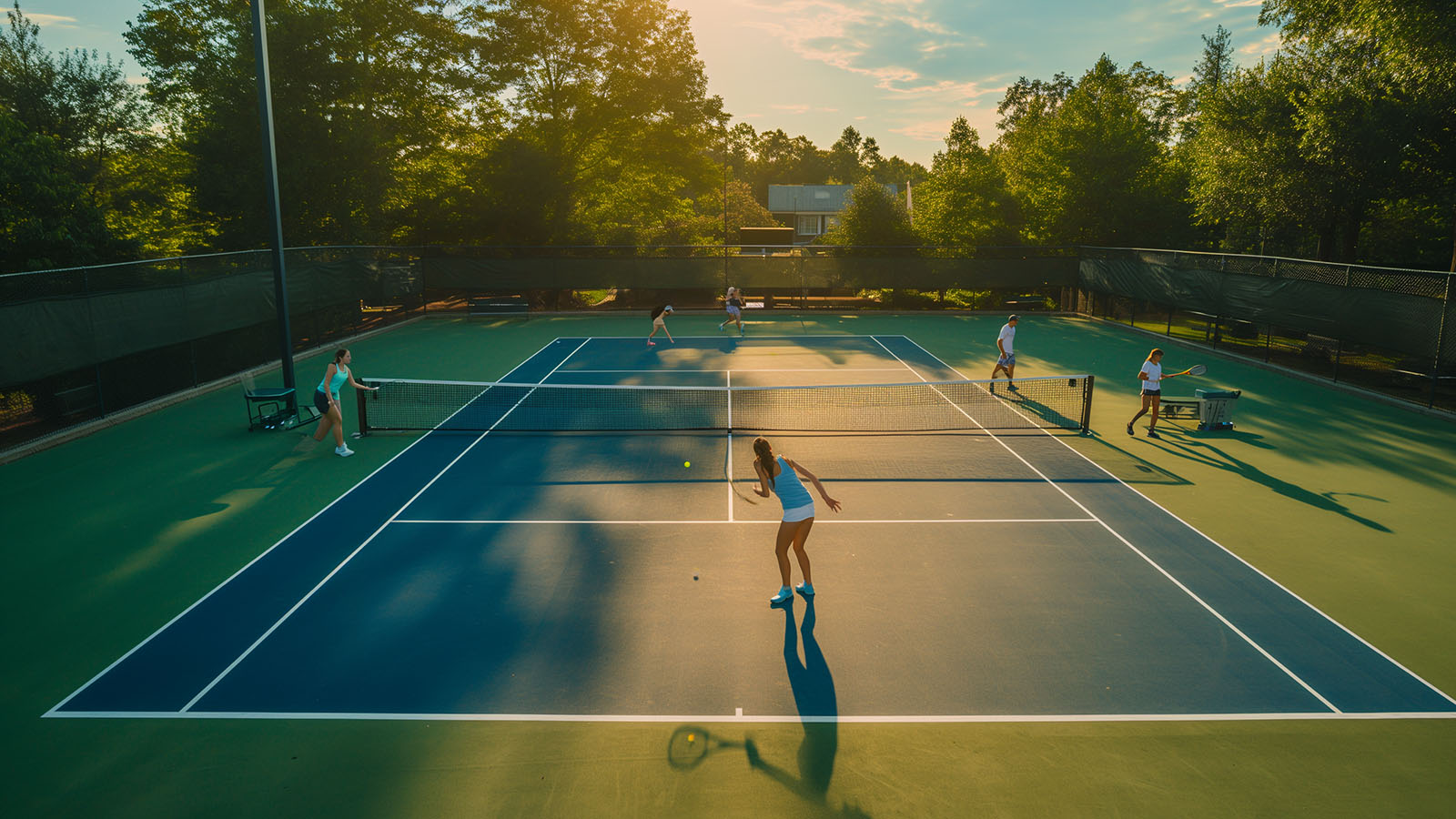
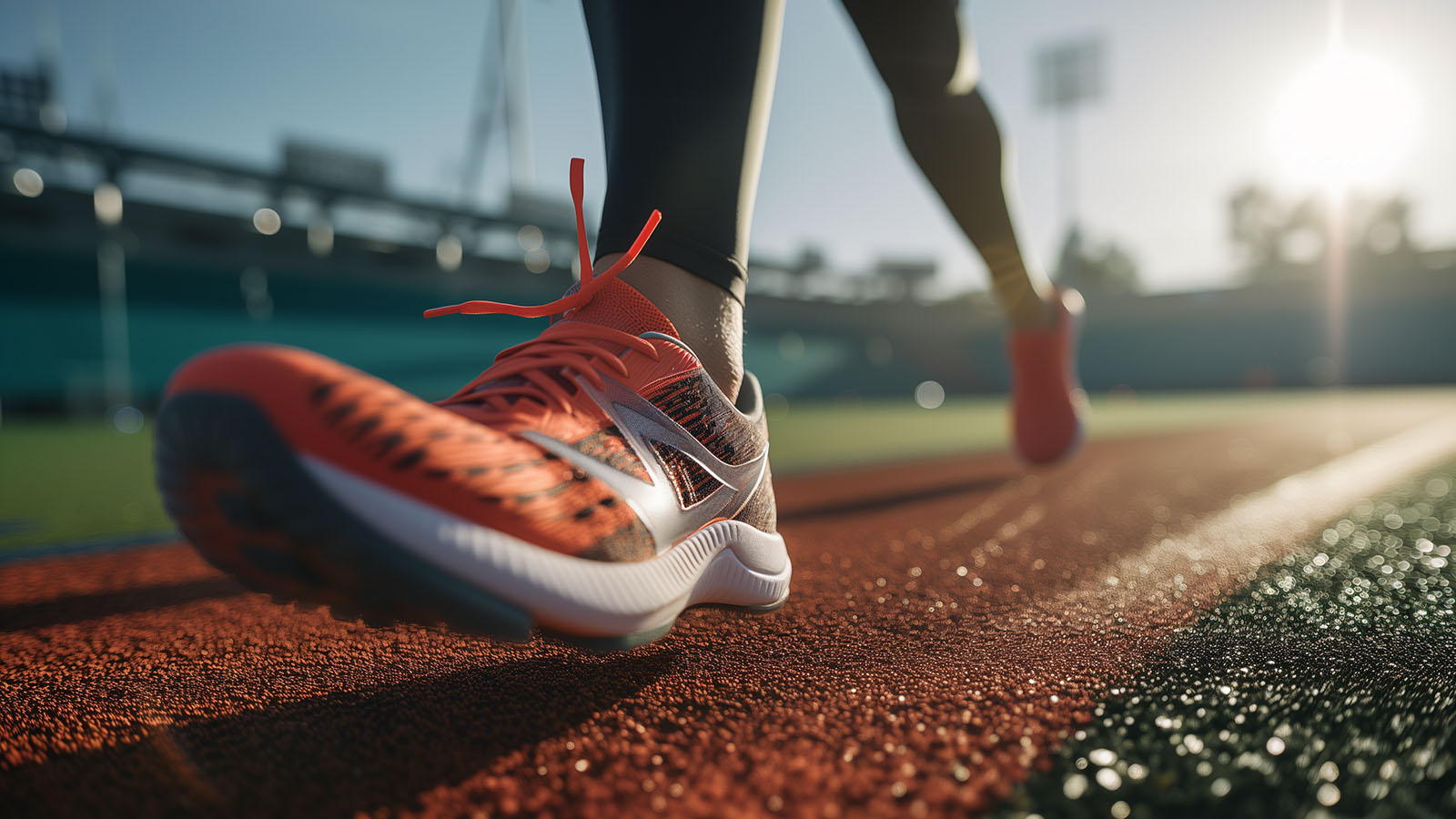
Benefits of Rubber Surfaces in Sports Settings
Rubber surfaces bring many benefits to sports settings, enhancing the safety, performance, and comfort of athletes. The enhanced safety features of rubber flooring, such as its superior shock absorption and slip resistance, significantly reduce the risk of falls and impact-related injuries. Beyond immediate safety, these surfaces offer long-term health benefits by lessening the strain on joints and muscles, potentially reducing chronic injuries and conditions related to overuse and impact stress.
- Enhanced Safety Features: Slip resistance and impact reduction for injury prevention.
- Long-term Health Benefits: Protection against chronic injuries and conditions.
- Performance and Comfort: Improved athletic efficiency and user comfort.
- Sports Versatility: Suitable for a wide range of activities and athletic levels.
The performance and comfort afforded by rubber surfaces cannot be overstated, with their ability to improve athletic output and provide a comfortable platform for various sports activities. This versatility makes rubber flooring ideal for diverse sports facilities, from school playgrounds to professional sports arenas. By absorbing shocks more effectively, rubber surfaces protect athletes and enhance their performance, allowing them to focus on the game without the added concern of injury. The benefits of rubber surfaces extend across the spectrum of sports, offering a universal solution to the needs of athletes and facility managers alike.
Enhanced Safety Features
Rubber surfaces are engineered with enhanced safety features to protect athletes from injuries. Their shock-absorbing capabilities are complemented by slip-resistant textures, which reduce the risk of falls and related injuries. Furthermore, the uniformity and smoothness of poured-in-place rubber eliminate tripping hazards associated with uneven surfaces. These features make rubber flooring a superior choice for playgrounds, courts, and athletic facilities, offering a safe environment for users of all ages.
Long-term Health Benefits
The long-term health benefits of rubber surfaces stem from their impact reduction and injury prevention capabilities. By providing a forgiving surface that absorbs much of the shock associated with physical activity, these surfaces contribute to lower incidences of joint disorders, chronic pain, and other conditions that can arise from repetitive impact stress. Athletes can enjoy a longer, healthier sporting career with reduced downtime due to injuries, emphasizing the importance of choosing a suitable surface for sports facilities.
Performance and Comfort
Rubber surfaces enhance safety and improve performance and comfort for athletes. The elastic nature of rubber provides a responsive surface that can boost athletic performance by offering better traction and reducing energy loss during movement. This improves efficiency and comfort during physical activities, allowing athletes to perform at their best without the added concern of hard, unforgiving ground impacting their joints and muscles.
Versatility Across Sports
The versatility of rubber surfaces across various sports is a testament to their adaptability and effectiveness in providing a safe and performance-enhancing environment. Whether it’s track and field, basketball, soccer, or playground activities, rubber flooring offers a consistent, reliable surface that meets the diverse needs of different sports. Its ability to absorb impact and reduce injury risks makes it ideal for facilities catering to various activities and athletic levels.

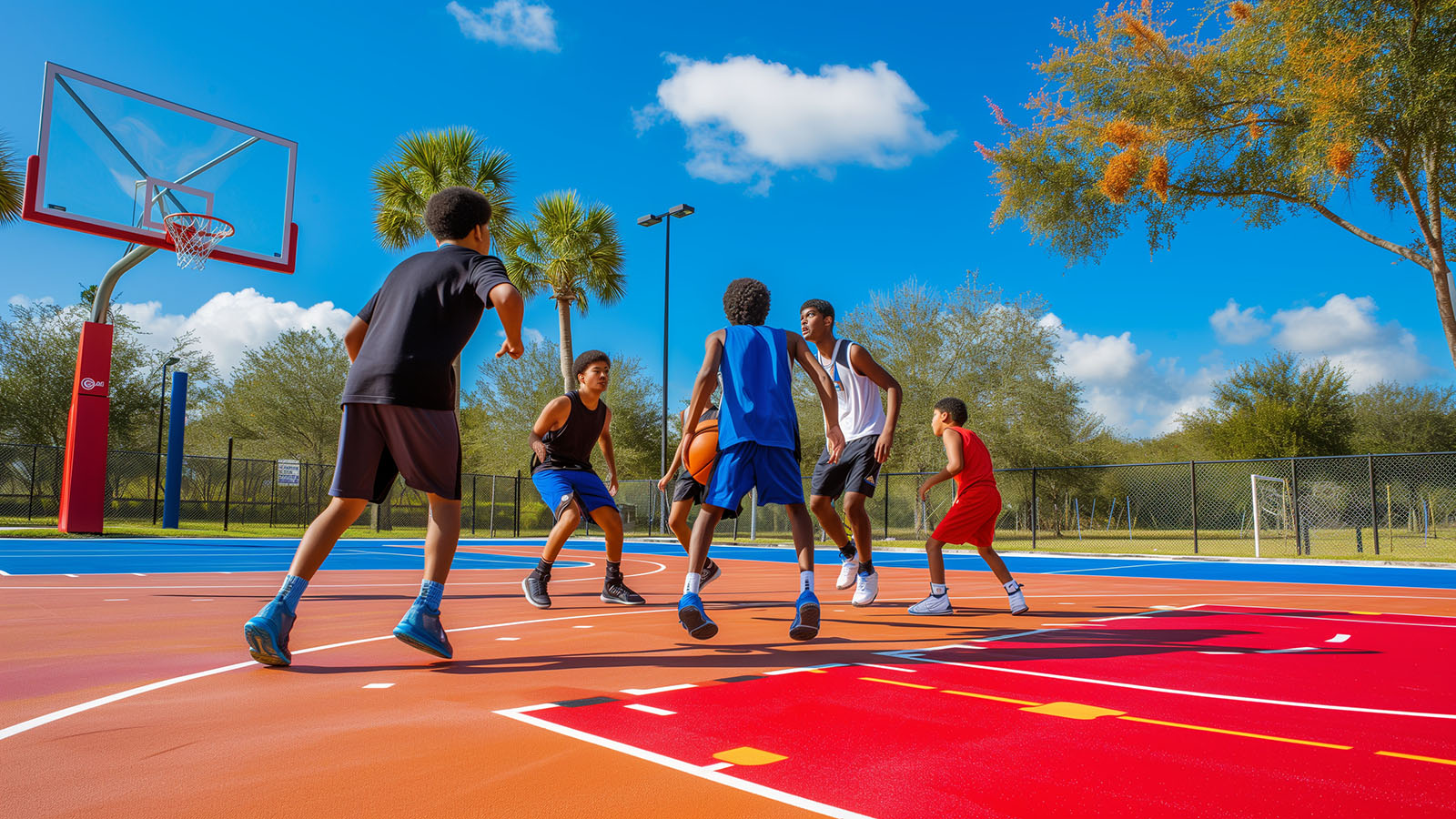
Implementing Rubber Surfaces for Optimal Injury Prevention
Implementing rubber surfaces in sports facilities involves carefully considering design, maintenance, and cost-effectiveness to ensure optimal injury prevention. Design considerations for maximum shock absorption focus on selecting the appropriate materials and configurations to meet the specific needs of different sports activities. Proper maintenance is equally crucial, extending the surface’s lifespan and maintaining its safety and performance features. This section explores the strategic planning required to incorporate rubber surfaces into sports settings, emphasizing the importance of design and maintenance in achieving the best outcomes for athlete safety.
- Design for Shock Absorption: Tailoring surfaces to specific sports needs.
- Surface Maintenance: Ensuring longevity and consistent performance.
- Cost-Benefit Analysis: Balancing initial costs with long-term savings.
- Switching to Rubber: Steps for upgrading to safer sports surfaces.
Beyond the technical aspects of design and maintenance, switching to rubber surfaces involves a cost-benefit analysis to weigh the initial investment against the long-term advantages. These advantages include enhanced safety and performance and significant savings in healthcare and maintenance costs. Making the switch requires careful planning, from selecting the suitable surface options to implementing them to maximize their benefits. This section provides a roadmap for sports facility owners and athletic directors looking to enhance athlete safety and performance by strategically using rubber surfaces.
Design Considerations for Maximum Shock Absorption
Designing rubber surfaces for maximum shock absorption involves careful consideration of thickness, density, and underlying support. Optimal thickness ensures adequate energy dissipation, while the proper density provides the necessary resilience to absorb impacts effectively. Additionally, incorporating a proper underlayment can enhance shock-absorbing properties. These design elements are critical in creating a surface that prevents injuries, lasts longer, and performs better.
Maintenance and Longevity of Rubber Surfaces
The maintenance and longevity of rubber surfaces are key factors in their overall effectiveness and cost-efficiency. Regular cleaning and inspection can prevent degradation and ensure the surface retains its shock-absorbing properties over time. Addressing minor repairs promptly prevents more significant issues, extending the surface’s life. Properly maintained rubber flooring can withstand years of heavy use, making it a wise long-term investment for any sports facility.
Cost-Benefit Analysis
A cost-benefit analysis of rubber surfaces reveals that their value extends beyond the initial installation expense. While the upfront cost may be higher than traditional materials, reducing injury-related costs, lower maintenance expenses, and surface longevity contribute to significant long-term savings. Additionally, the health benefits for users and potential performance improvements offer intangible advantages that justify the investment in rubber surfacing for sports facilities.
Making the Switch
Making the switch to rubber surfaces involves considering the specific needs of your facility, evaluating existing infrastructure, and planning for a seamless transition. You must partner with experienced installers who can advise on the best materials and designs for your objectives. The process may include removing old surfaces, preparing the base, and installing the rubber flooring. Despite the effort required, the switch to a safer, more durable surface is a worthwhile investment in the health and performance of athletes.

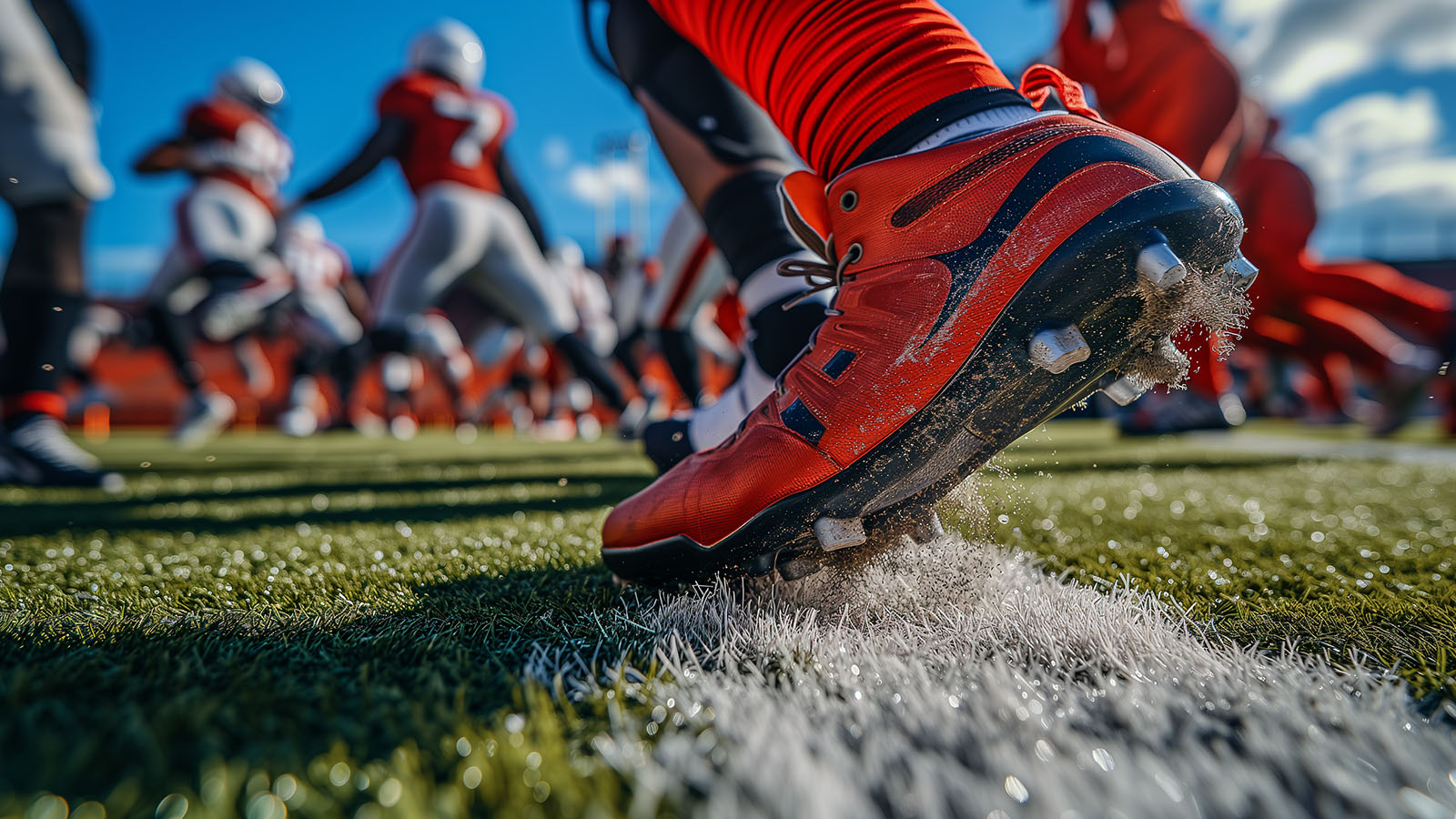
The Impact of Rubber Surfaces on Athlete Safety and Performance
This exploration of rubber surfaces in sports settings shows that the material’s shock absorption capabilities are fundamental to preventing injuries and enhancing athletic performance. The physics of shock absorption, combined with the design and composition of rubber surfaces, provides a foundation for safer sports environments. By absorbing impact forces and reducing the stress on athletes’ bodies, these surfaces play a crucial role in safeguarding athletes from immediate injuries and long-term health issues. The discussion has highlighted the importance of implementing rubber flooring for its safety features and contribution to athlete comfort and performance enhancement.
The versatility of rubber surfaces across various sports underscores their significance in fostering inclusive, safe, and engaging athletic experiences. From playgrounds to professional arenas, the benefits of rubber flooring extend to athletes of all levels, offering a universal solution to the challenges of sports safety and performance. Maintenance and design considerations ensure these surfaces remain effective and sustainable, providing long-term value to facilities and participants. This article aims to provide a comprehensive overview of the advantages of rubber surfaces, supporting the decision-making process for those looking to upgrade or install new sports flooring.
The shift towards rubber surfaces in sports facilities represents a proactive approach to athlete safety and performance. The scientific evidence backing the shock-absorbing properties of rubber, along with practical insights into its implementation and maintenance, offers a strong case for choosing rubber as the material of choice for sports and recreational surfaces. For athletic directors and sports facility owners, investing in rubber surfaces is an investment in the well-being and future of athletes, ensuring that sports environments are competitive but also safe and supportive. By prioritizing safety through rubber surfaces, facilities can provide athletes with the foundation they need to excel and enjoy their sports endeavors without the looming threat of injury.










